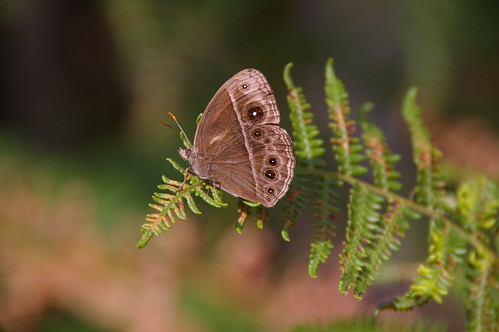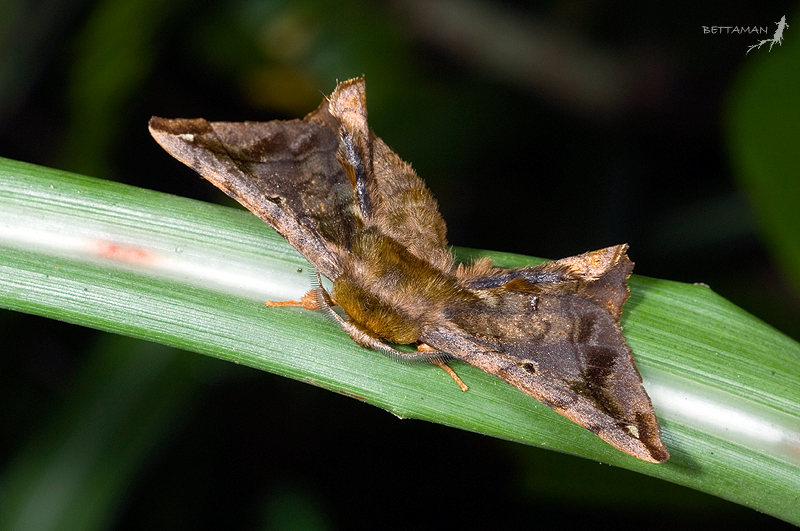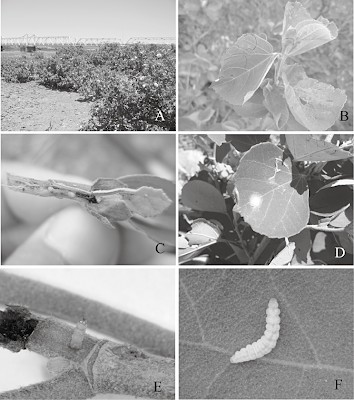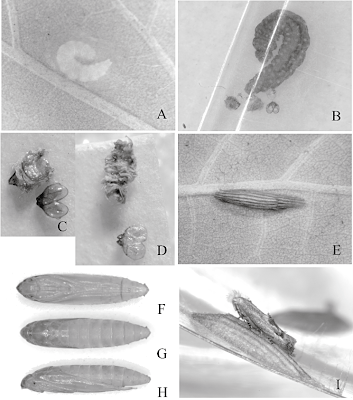Evol Ecol (2009) 23:389–402
DOI 10.1007/s10682-007-9233-1
Klaus Fischer / Katja Zimmer / Nina Wedell
雌性與雄性特徵之間的遺傳關聯可能成為演化上的限制,如果該特徵與生殖有關,則對性擇具有潛在的影響。針對熱帶蝴蝶Bicyclus anynana以人為方式對進行卵的尺寸進行選汰的實驗得到高度分岐的品系。作者在此報導雄性特徵的關聯演化證據。來自大型卵品系的雄蝶具有顯著較茂盛的精莢,此與體型大小無關,且傾向比來自小型卵的雄蝶在生殖道中儲存更多的可孕精子。這可能造成兩性之間與生殖有關且被低估的遺傳關聯。然而,不孕的精子數量與睪丸的尺寸不受卵大小選擇的影響。在一個未受選汰族群中、表型關聯性顯示精莢的重量與可孕精子的數量(而非睪丸尺寸與不孕精子的數量)分別與雄性身體大小呈正相關,且那些較大的精莢含有較多的可孕精子、而非不可孕精子。此外,雄性提供較大的精莢與較多可孕精子給體型較大的雌性,暗示雄性可能在交配中行使交配選擇。
Abstract
Genetic correlations between male and female traits can act as evolutionary constraints and, if involving reproductive traits, potentially influence sexual selection. Artificial selection on egg size in the tropical butterfly Bicyclus anynana has yielded highly divergent lines. Here we report evidence for correlated evolution in male traits. Males from the large-egg selected lines produced significantly heavier spermatophores independent of body size and tended to have more fertile sperm stored in their reproductive tracts than those from the small-egg selected lines. This may be due to an underlying genetic correlation in reproductive effort between the sexes. However, non-fertile sperm number and testis size remained unaffected by selection on egg size. Phenotypic correlations within an unselected population revealed that spermatophore mass and fertile sperm number, but not testis size and non-fertile sperm number, were positively related to male body size, and that larger spermatophores contained more fertile, but not non-fertile sperm. In addition, males provided larger females with bigger spermatophores and more fertile sperm, indicating males may be exercising mate choice during copulation.
DOI 10.1007/s10682-007-9233-1
Klaus Fischer / Katja Zimmer / Nina Wedell
雌性與雄性特徵之間的遺傳關聯可能成為演化上的限制,如果該特徵與生殖有關,則對性擇具有潛在的影響。針對熱帶蝴蝶Bicyclus anynana以人為方式對進行卵的尺寸進行選汰的實驗得到高度分岐的品系。作者在此報導雄性特徵的關聯演化證據。來自大型卵品系的雄蝶具有顯著較茂盛的精莢,此與體型大小無關,且傾向比來自小型卵的雄蝶在生殖道中儲存更多的可孕精子。這可能造成兩性之間與生殖有關且被低估的遺傳關聯。然而,不孕的精子數量與睪丸的尺寸不受卵大小選擇的影響。在一個未受選汰族群中、表型關聯性顯示精莢的重量與可孕精子的數量(而非睪丸尺寸與不孕精子的數量)分別與雄性身體大小呈正相關,且那些較大的精莢含有較多的可孕精子、而非不可孕精子。此外,雄性提供較大的精莢與較多可孕精子給體型較大的雌性,暗示雄性可能在交配中行使交配選擇。
Abstract
Genetic correlations between male and female traits can act as evolutionary constraints and, if involving reproductive traits, potentially influence sexual selection. Artificial selection on egg size in the tropical butterfly Bicyclus anynana has yielded highly divergent lines. Here we report evidence for correlated evolution in male traits. Males from the large-egg selected lines produced significantly heavier spermatophores independent of body size and tended to have more fertile sperm stored in their reproductive tracts than those from the small-egg selected lines. This may be due to an underlying genetic correlation in reproductive effort between the sexes. However, non-fertile sperm number and testis size remained unaffected by selection on egg size. Phenotypic correlations within an unselected population revealed that spermatophore mass and fertile sperm number, but not testis size and non-fertile sperm number, were positively related to male body size, and that larger spermatophores contained more fertile, but not non-fertile sperm. In addition, males provided larger females with bigger spermatophores and more fertile sperm, indicating males may be exercising mate choice during copulation.


 PDF (278.1 KB)
PDF (278.1 KB)















